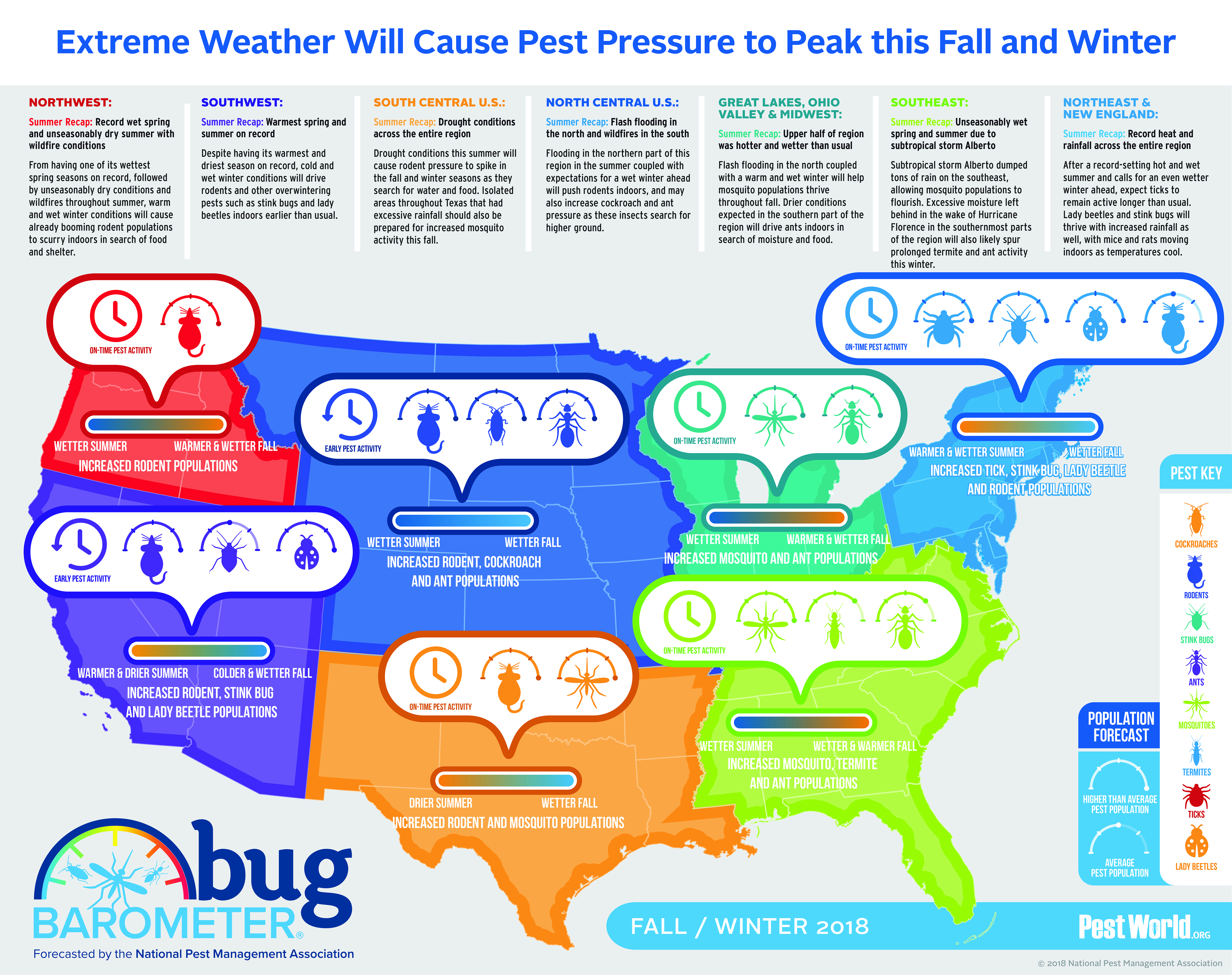Visualize your attic room as a comfy Airbnb for rats, with insulation as cosy as resort pillows and electrical wiring extra enticing than space solution. Now, visualize these undesirable guests throwing a wild party in your house while you're away. As a house owner, ensuring your attic is rodent-proof is not practically peace of mind; it's about safeguarding your property and enjoyed ones. So, what simple steps can you take to guard your shelter from these hairy burglars?
Check for Access Information
To begin rodent-proofing your attic room, evaluate for access points. Start by carefully checking out the exterior of your home, seeking any openings that rats might use to gain access to your attic room. Check for gaps around energy lines, vents, and pipes, as well as any kind of splits or openings in the structure or home siding. See to it to pay very close attention to areas where various structure materials fulfill, as these are common entry points for rodents.
Additionally, check the roofing for any type of damaged or missing roof shingles, in addition to any gaps around the sides where rats might press through. Inside the attic room, search for signs of existing rodent activity such as droppings, chewed wires, or nesting products. Make household ant control of a flashlight to thoroughly inspect dark edges and surprise areas.
Seal Cracks and Gaps
Inspect your attic completely for any type of fractures and gaps that require to be sealed to prevent rats from entering. Rodents can press with even the tiniest openings, so it's critical to seal any kind of potential entry points. Examine around pipelines, vents, cables, and where the wall surfaces meet the roofing. Make use of a mix of steel woollen and caulking to seal these openings effectively. Steel wool is an outstanding deterrent as rodents can't chew through it. Ensure that all gaps are firmly secured to deny access to undesirable pests.
Do not overlook https://how-to-remove-a-snake-fro61739.eedblog.com/26637466/lasting-solutions-for-pest-management-harnessing-nature-s-power-to-discourage-rats of securing voids around windows and doors also. Use weather condition removing or door sweeps to seal these locations effectively. Examine the areas where utility lines get in the attic and seal them off using an appropriate sealer. By putting in the time to secure all splits and voids in your attic room, you create a barrier that rats will certainly discover hard to breach. Avoidance is type in rodent-proofing your attic room, so be extensive in your efforts to seal any kind of potential access points.
Eliminate Food Resources
Take proactive steps to eliminate or keep all potential food resources in your attic room to discourage rodents from infesting the space. Rodents are attracted to food, so eliminating their food resources is important in keeping them out of your attic room.
Here's what you can do:
1. ** Store food firmly **: Avoid leaving any food things in the attic. Store all food in closed containers made of steel or heavy-duty plastic to prevent rats from accessing them.
2. ** Tidy up debris **: Remove any piles of particles, such as old newspapers, cardboard boxes, or timber scraps, that rats can utilize as nesting material or food resources. Keep the attic clutter-free to make it less enticing to rats.
3. ** Dispose of waste correctly **: If you use your attic room for storage space and have garbage or waste up there, make sure to throw away it regularly and correctly. Rotting garbage can draw in rats, so maintain the attic room clean and devoid of any kind of organic waste.
Verdict
Finally, remember that an ounce of prevention deserves a pound of cure when it comes to rodent-proofing your attic room.
By making the effort to examine for entrance points, seal fractures and spaces, and remove food sources, you can maintain undesirable insects at bay.
Bear in mind, 'An ounce of prevention is worth a pound of remedy' - Benjamin Franklin.
Remain positive and protect your home from rodent problems.
